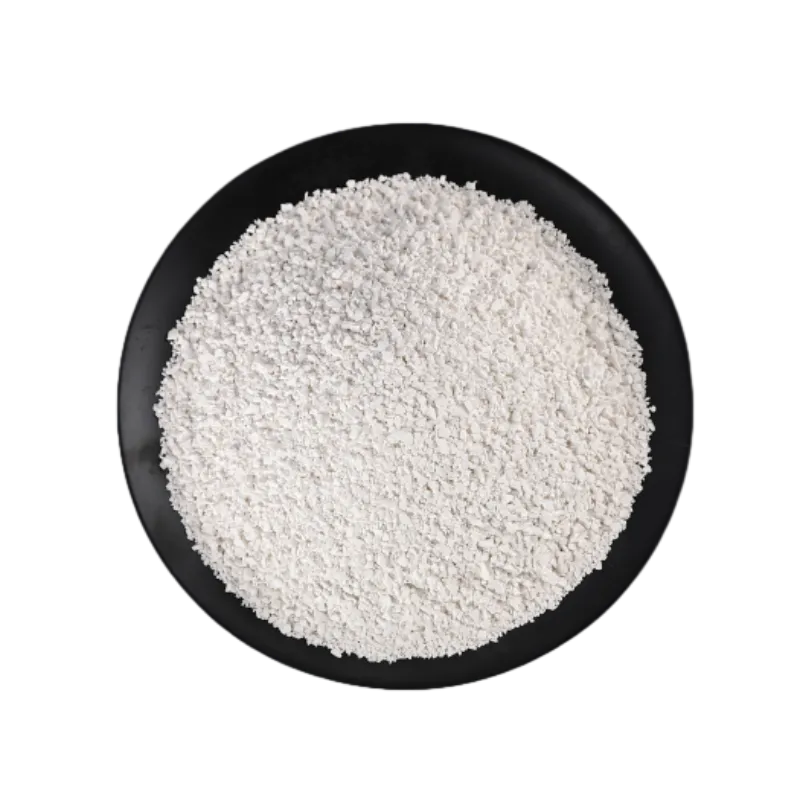
Nov . 07, 2024 12:34 Back to list
How long can you expect a 30-year roof to truly perform?
How Long Does a 30-Year Roof Really Last?
When homeowners consider investing in a new roof, the term 30-year roof often comes up as a marketing tagline. But what does it really mean? Is it accurate to assume that a roof marketed to last 30 years will definitely endure that long? The truth, as with many things in home maintenance, is a bit more complex.
First and foremost, it’s important to understand that the 30-year designation primarily pertains to the lifespan of the roofing materials under ideal circumstances. This implies that if maintained properly and subjected to favorable weather conditions, the roof should last approximately three decades. However, various factors can influence its actual lifespan, including material type, climate, installation quality, and maintenance.
Material Type
The lifespan of a roof significantly depends on its material. For instance, asphalt shingles, which are one of the most common roofing materials, often come with a 30-year warranty. These shingles can last 20-25 years in real-world conditions. On the other hand, metal roofs can last 40-70 years, while clay or concrete tiles can endure for over 100 years, making them some of the most durable options available. Understanding the type of material is key in estimating how long a roof will realistically last.
Climate Impact
Climate plays a crucial role in a roof's longevity. Areas with extreme weather conditions—such as heavy rainfall, hail, intense sunlight, or high winds—can diminish the lifespan of any roof. For instance, roofs in humid climates may suffer from mold and algae growth, while those in arid regions may experience cracking and fading due to intense UV exposure. Therefore, homeowners should consider the local climate when assessing the expected lifespan of their roof.
how long does a 30 year roof really last

Installation Quality
The installation of the roofing system is another critical factor that can greatly affect its longevity. Even the best materials can fail prematurely if the installation is poor. Hiring experienced and reputable roofing contractors is essential to ensure that the roof is installed correctly and adheres to industry standards. Proper ventilation and insulation can also help prolong the lifespan of a roof by preventing moisture buildup and heat damage.
Regular Maintenance
Maintenance is a significant aspect of extending the life of a roof. Regular inspections can help identify potential problems, such as loose shingles, leaks, or debris buildup, before they escalate into serious issues. Cleaning gutters, removing leaves and branches from the roof, and checking for signs of wear and tear can help maintain a roof's integrity. Homeowners should aim for at least a professional inspection every few years, along with roof cleaning, to ensure it remains in good condition.
Conclusion
In summary, while a 30-year roofing system offers a benchmark for expected longevity, the reality is that many factors influence how long a roof will last. From the type of materials used and climatic conditions to the quality of installation and regular maintenance, each element plays a crucial role in determining a roof's actual lifespan. Homeowners looking to maximize their roof’s duration should stay informed about these factors and prioritize regular care and maintenance. By doing so, they can ensure that their investment serves them well for many years to come.
-
Stone Coated Metal Roof Tile-Wood Grain Tile: Durable Beauty
NewsAug.13,2025
-
Premium Cooling Shingle Granules for Roof Protection
NewsAug.12,2025
-
Spain Tile Stone Coated Metal Roofing: Durable & Elegant
NewsAug.11,2025
-
Roofing Granules for Sale | Restore Shingles, Boost Cooling
NewsAug.10,2025
-
Durable Milan Stone Coated Metal Roof Tile | Elegant Roofing Solution
NewsAug.09,2025
-
Mosaic Shingles: Style, Durability & Shingle Comparisons
NewsAug.08,2025







